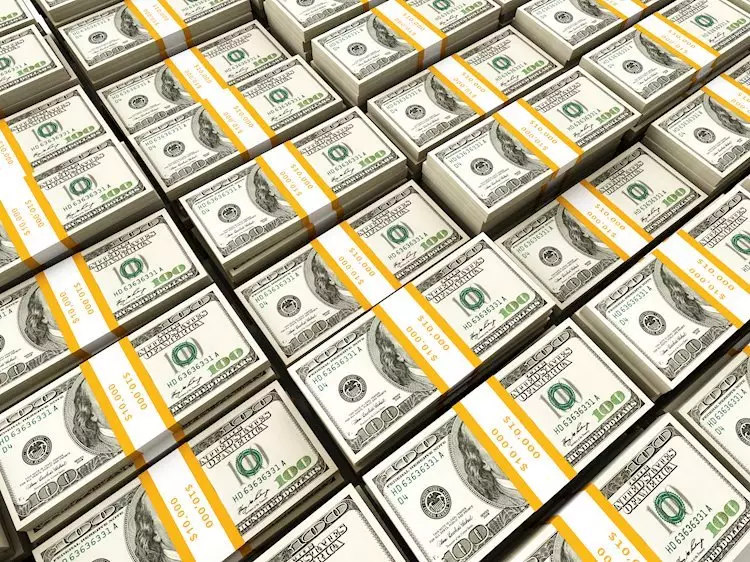The US Dollar faced a decline recently due to lower-than-anticipated Retail Sales figures and dovish comments from Federal Reserve officials. This has led to market uncertainty and speculation about the future of the US economy.
The US Census Bureau reported that May’s Retail Sales data grew at a slower pace of 0.1% as compared to the projected 0.2%. This unexpected softening in Retail Sales growth has raised concerns among investors about the ongoing disinflation process and its impact on the USD. The mixed signals in the US economic outlook have added to the uncertainty in the market.
Federal Reserve officials, such as Cleveland Fed President Loretta Mester and Minneapolis Fed President Neel Kashkari, have expressed differing views on the future of interest rates. Mester emphasized the need for sustained good-looking inflation data before any major decisions are made, while Kashkari suggested that the Fed might wait until December for further rate cuts. These comments have fueled speculation about the possibility of more than one rate cut in 2024, leading to a bearish sentiment towards the USD.
Technical indicators suggest a flattening momentum in the US Dollar but still retain a positive stance. The Relative Strength Index (RSI) remains above the 50 level, and the Moving Average Convergence Divergence (MACD) continues to print green bars. Despite the recent downturn, the DXY Index is holding above key Simple Moving Averages (SMA), indicating a possible slowdown in the USD rally.
The US Federal Reserve plays a crucial role in shaping monetary policy to achieve price stability and full employment. Interest rate adjustments are the primary tool used by the Fed to achieve these goals. In times of high inflation, interest rates are raised to strengthen the USD, making it an attractive investment option. Conversely, lowering interest rates can stimulate borrowing but weighs on the Greenback.
In extreme situations, the Federal Reserve may resort to Quantitative Easing (QE) to increase credit flow in the financial system. QE involves the Fed printing more Dollars to buy high-grade bonds, weakening the USD in the process. On the contrary, Quantitative Tightening (QT) is the reverse process of QE, which can have a positive impact on the value of the US Dollar.
The recent Retail Sales data and Federal Reserve comments have had a significant impact on the US Dollar, leading to market uncertainty and speculations about future rate cuts. Investors are closely monitoring Fed officials’ statements and economic indicators to gauge the direction of the USD. The mixed economic signals and fluctuating market sentiment highlight the importance of staying informed and adaptable in the current financial landscape.

